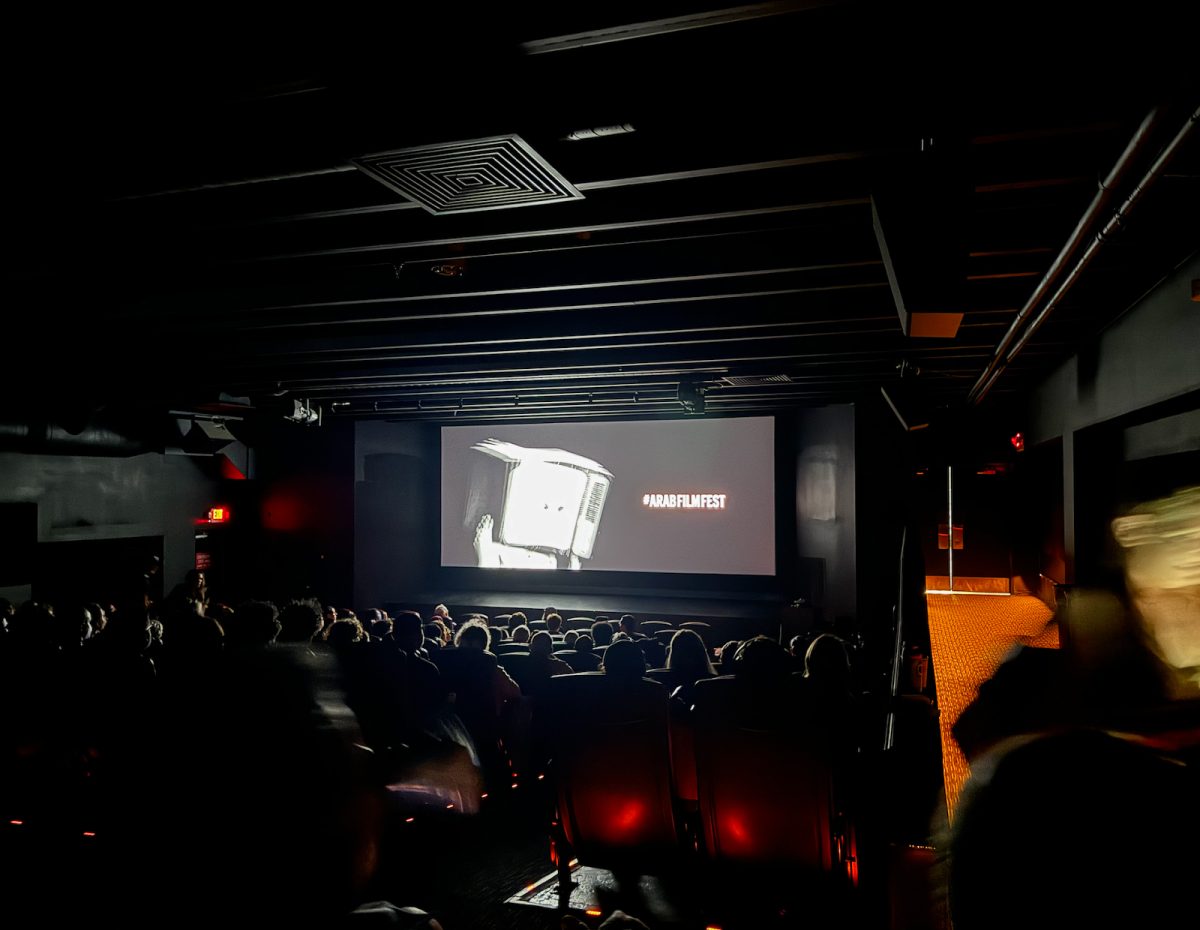“Five Ways In: Themes from the Collection,” opened Feb. 14, 2019 and will remain on view through Sept. 19, 2021 in Galleries four, five and six of the Walker Art Center. Here are my five reasons to see “Five Ways.”
-
For the context: Andy Warhol said he didn’t expect to be paid for the time he spent thinking, because he knew his thinking time wasn’t worth anything. Let me assure you: he was joking. The American public took this, like everything Andy Warhol ever said — the value of celebrity to mass production, art, the type of burger he liked — too literally. The new Walker exhibit “Five Ways In” (in which Warhol’s work among others’ is displayed) tries to get the general public to think about modern and contemporary art in the Walker’s collection by allowing them points of entry in the form of accessible narratives: Outside (Landscape), Inside (Interior Scene), Self (Portraiture), Everyday (Still Life) and Everything (Abstraction).
-
For the range: The exhibit contains over 100 works by established late-career, acclaimed mid-career and historically significant artists. It would be disrespectful to make a laundry list of names that scholars have dedicated their entire lives to writing about and working on, but seeing as it is necessary to drop names in order to convince you: Georgia O’Keeffe, John Baldessari, Yoko Ono, Sherrie Levine, David Hammons, Beauford Delaney, Helen Frankenthaler, Cindy Sherman, Willem de Kooning, Kerry James Marshall, Edward Hopper, Ed Ruscha, Andy Warhol, Glenn Ligon, Catherine Opie, Lorna Simpson, Joan Mitchell, Roy Lichtenstein, Claes Oldenburg and many more.
-
For yourself: The most striking thing that generally occurs is meeting people in museums who do not care about the visual arts, an apathy that may stem from a lack of formal education, or a besieging by a series of vicious stereotypes propagated against contemporary art by hackneyed television writers. Where most people are enthusiastically concerned about developments in technology and science, a blank stare comes over most people when discussing John Baldessari or Vija Celmins. It is not only a confirmation of vulgarity, but a sin against curiosity that most of the American public can, to this day, walk into a gallery or museum of modern and contemporary art and have their first reaction to a work be “I could do that.” Well, sometimes the point is that you could have done it, Karen, if you had been born 60 years ago. Most of the time, if you were to try, you could not do it. Joan Mitchell’s “Posted” (1966) comes to mind, a wall-to-wall explosion of Monet-esque color, or Sylvia Plimack Mangold’s “Carbon Night” (1970), where the artist appears to have taped a painting of the night sky onto a black canvas which, upon further inspection, is actually a taped over canvas creating the illusion of having an image taped at the center. However, you could have made Sherrie Levine’s “Fountain” (1997), and this one, in fact, I encourage you to recreate.
-
For the magnificent convenience (no hyperbole): One of the best museum collections of contemporary art in the United States is only a few miles away. Some of this work is being shown for the first time in more than a decade — as is the case with George Segal’s “The Diner” (1964-66), a Pop Art era full-body casting scene that alludes to Edward Hopper’s “Nighthawks” (1942). “Five Ways In,” beyond an exhibit, is a golden opportunity to learn about art in an approachable context. Spending anywhere between 30 minutes to two hours in the exhibition will give any attendant an initiation to some of the most important threads of conversation within contemporary art. What’s more, it will make sense to anyone who tries to understand.
-
For the joy of art: I generally encourage people who don’t like art to go to museums to run through the galleries. Not only in reference to the scene in “Bande à part” where Fran, Arthur and Odile run arm in arm and beat the world record for fastest time running through the Louvre, but also because it is in the spirit of some of the works: say, Glenn Ligon’s “Malcolm X (version 1) #1” (2000), a work that came out of the study of children crayoning over the face of the 60’s intellectual, or David Hammons’ “Phat Free” (1997), in which the artist kicks an empty trash can through the streets of New York. It is in embracing the creative energy inherent in the original creation of the works of art that one can learn to appreciate most contemporary work.
If you are looking for a more sensory-stimulating experience, try the first visible artwork in the show: Alexa Horochowski’s “Cochacuyo” (2014), an intense black-and-white video installation that makes what seems to be seaweed abstract. Words cannot do it justice. “Soundscapes,” a collaboration between the Walker Art Center and Los Angeles-based sound designer Joseph Fraioli, encourages the viewer to put on headphones and re-experience a work of art through visual and sound-interpretation.
Five works in the exhibition have this setup, including Caroline Kent’s “Further and Farther than one Expects” (2015), from her ongoing series of black-background abstract paintings. It provides a new way to explore Kent’s cryptic language of abstract figures hanging in the space beyond the Kármán line (the defined border between the Earth’s atmosphere and outer space; a point of departure for Kent), a multidisciplinary collaboration which is consistent with some other exhibitions of her work.
If none of these five ways draw you in now, you can try attending at a later date, as the works in the collection will be rotating over the next two years, offering fresh alternative dialogues to the ones in display at the moment. The exhibit is $10 with your student ID and free on Thursday nights.








Emily Wilkins • Sep 11, 2019 at 10:54 pm
I have discovered some significant things through your site post. One other stuff I would like to mention is that there are numerous games available and which are designed specifically for preschool age small children. They contain pattern recognition, colors, family pets, and forms. These typically focus on familiarization in lieu of memorization. This will keep children occupied without having a sensation like they are studying. Thanks
Elizabeth Lyman • Sep 10, 2019 at 4:30 pm
What’s up to all, the YouTube video that is posted at at this juncture has really fastidious quality along with good audio quality
Robert Ellison • Sep 5, 2019 at 1:48 pm
Quality articles is the main to invite the visitors to pay a quick visit the website, thatís what this website is providing.
pokemon go 0.37.1 • Jul 3, 2019 at 1:21 am
I love reading through and I believe this website got some genuinely utilitarian stuff on it! .
swagbucks hack • Jun 27, 2019 at 5:54 am
Your site has proven useful to me.